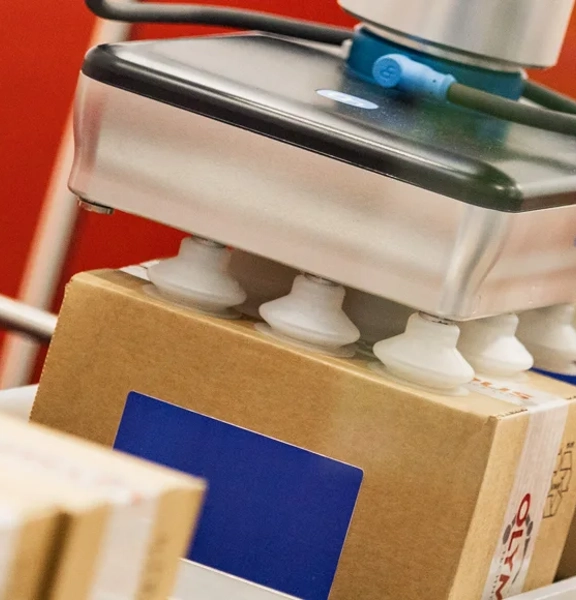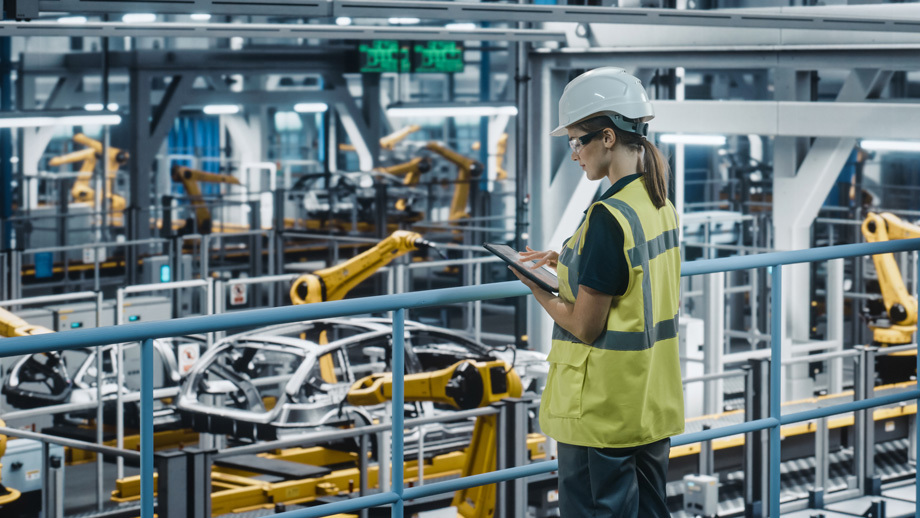Become a member
Take advantage of exclusive member benefits, world class events, networking and specialist support








 Become a member
Become a member 


 Autonomous mobile robots & Guides vehicles’
Advanced robotics
Autonomous mobile robots & Guides vehicles’
Advanced robotics
At BARA (the British Automation and Robot Association), we’re excited that industrial robots are being widely used across many manufacturing sectors. Indeed, they’re recognised as an essential and integral part of many production processes.

This means that a large percentage of the industrial robot population is now performing established, proven, highly repetitive tasks, and although overall, the systems within which they operate are sophisticated, many of these applications are no longer categorised as advanced or leading-edge operations.
It's true that as industrial robot technology continues to advance, their enhanced capability will open new application areas where the tasks performed by the robot will be increasingly complex.
Away from the industrial arena, robots are also making significant advances in many other areas, where they are becoming an asset to both individuals and businesses alike.
Just as we’ve seen the proliferation of robots across the different manufacturing sectors in recent decades, we can also expect to see ongoing and significant growth in areas other than traditional manufacturing.
For example: sales of robots used for domestic tasks are predicted to grow to 55 million by the year 2022, according to statistics from the International Federation of Robotics (IFR) and World Robotics.
Also, professional service robots are already making an impact within the medical sector, where they regularly assist surgeons in the operating theatre. In this area alone, installed units are expected to grow from 5,000 currently to over 19,000 by 2022.
We’re already seeing changes in areas such as food production and processing, where issues such as recruitment and retention of labour have been significant drivers for the introduction of increased automation.
Here, robots are fulfilling important roles in many areas, starting in the field (tending and harvesting crops), right through the factory, from high-care processing areas to packaging and palletizing.
We can expect to see a significant increase in the number of robots operating within agricultural applications alone in the near future. The IFR statistics predict more than 2,400 robots operating in the field by 2022.
With the phenomenal rise of online shopping in recent years, the warehousing and logistics sector is increasingly turning to robotics as a way of picking and sorting individual customer orders.
In certain fulfilment centres, there are already hundreds of robots operating on grid systems, with a hierarchy control system akin to what you might expect to see in Air Traffic Control. Here, robots are tasked to collect and deliver items to a multitude of packing stations, crisscrossing the grid at high speeds.
There are also a growing number of applications where mobile robots are being used to transport and deliver items, either between other robot work cells or to and from different departments, for example within a hospital.

What’s clear to Automate UK is that the ongoing development of robotics across manufacturing, and other newer areas, will continue to redefine what we think of as Advanced Robotics. What we take for granted today was once the aspiration of a previous generation of robotics engineers. Who knows what the future will bring.